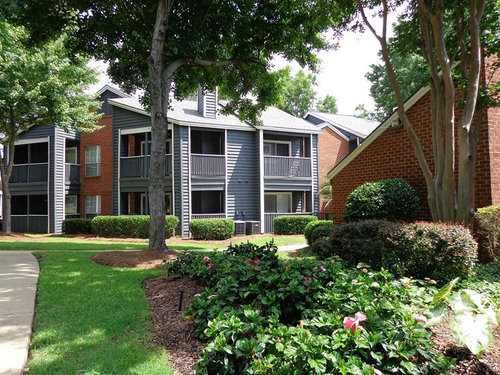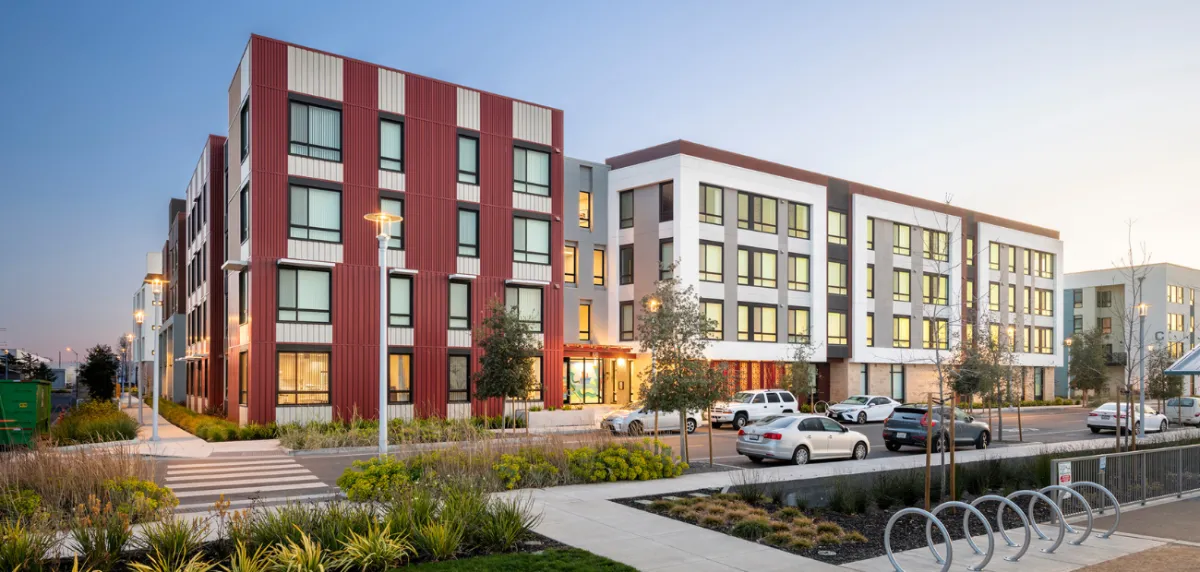By: Lew Sichelman
Acquiring underperforming assets for rehabilitation is a good strategy for navigating the current multifamily market, according to panelists at a virtual conference that took place in late October.
With something on the order of $500 billion in underperforming assets on the books in the B-minus through C-minus classes, speakers at the Florida Alternative Investment Association’s Real Estate Direct Lending and Private Debt Forum pointed especially to workforce housing as a sector that’s ripe for investment.
For Danny Kattan, managing partner at Miami’s Pia Residential, buying affordable rental properties is always a durable investment during a downturn, he noted during The Current State of Commercial Real Estate: Multifamily session. “Workforce housing survives any recession you throw at it,” he told participants.
Tony Barkan, founder & chief executive of Allagash Partners in New York, said his company is focused entirely on housing for the “working class,” a term he prefers to “workforce housing,” even though that is the more accepted phrase.
“We look for good quality neighborhoods in thriving secondary markets,” he said, explaining that Allagash buys Class C properties and makes significant value-adds “to bring them back to where they once were.”
LOOKING FOR WIDE RENT RANGES
Barkan said he looks for “wide rent ranges that offer significant economics for the properties.”
Nate Kline, founder & partner of Newark, N.J.’s OneWall Partners, said his company is also on the workforce housing bandwagon. The company has a portfolio of some 4,000 units in New Jersey, Pennsylvania, Connecticut and Northern Virginia.
Workforce housing is “inherently stable,” he said, and built to be recession resistant. It may also be resistant to sudden shifts in technology trends. “What happens to a gas station when all cars are electric?” he mused, noting that housing is a basic need that shouldn’t see big disruptions from technology.
In addition to the constant need for shelter, he added, multifamily housing’s cash flows are even more reliable, since the home now often serves as an office as well, due to the disruptions of the Coronavirus.
“It’s a great provider of income, as well as upside,” Kline maintained. “The need for housing is more important than it has ever been.”
Barkan agreed. “Multifamily has proven to be one of the most resilient sectors in real estate,” he said. “Nowhere has that been better evidenced than in the working class housing world.”
While there is a current shortage of this kind of housing, Barkan added, there is “no good scalable paradigm” for developing new units. “You have fixed costs of construction. You have fixed financial structures. You have fixed rentals.”
ADDING VALUE AND STABILIZING
As Barkan sees it, the better strategy is “finding cheap properties and adding value and stabilizing them. That value add is the best place to be.”
Secondary real estate markets “are doing extremely well,” he also reported. “Even if this pandemic continues, I think that’s where the focus can be. That’s where you can find assets very attractively priced.”
Underperforming assets “can generate mid to high-teen net returns, or even higher, for investors,” he added. “The fundamentals of the financial system are there to support it.”
Despite the pandemic, OneWall’s preferred fund has paid out full distributions in each of this year’s quarters, said Klein. That ease of distribution “is because the capital stack is senior to the common equity in the fund, so it’s getting paid out before comm equity.
“So you are able to size the investments the fund makes in the field at a very favorable basis, 10 to 15 percent below the actual asset value. Even when the cash flow declines there’s still ample cash flow to pay the current distribution to the preferred fund.”
Kattan thinks that while a lot of capital is currently on the sidelines, he expects competition for working class properties will increase in the coming years.
“The supply is kind of fixed in Class B and C working class multifamily. A lot of people are going to start thinking that cash is cash and cash flow is cash flow. Why should be we buy something in Miami at a four percent cap rate when we can buy something in Jacksonville at a 10 percent cap rate?
“Jacksonville is a secondary market, but it’s a very strong market. The cash flow on multifamily will be appreciated by investors going forward,” he said.
Barkan said there may be as much as half a trillion dollars in underperforming B minus through C minus assets that could be purchased at a significant discount and renovated. “I think there’s a lot of supply. We can give a pretty good present value to investors in properties we bring back to Class B, and there’s really not a lot of competition for that,” he said.
VALUE IN DIVERSIFYING
Barkan said there also is value in diversifying geographically. “When you increase the size of your geographic region, you find there is a lot of value,” he noted, citing Newport News, VA as a case in point.
The pandemic may also be a factor in expanded geography, since there is a perception that crowded urban areas may be less valuable than industrial or rural ones.
“It’s a combination of everything,” both urban and non-urban, said Kattan. “You have to have good sources of employment,” he said. At the same time, though, investors don’t want to be overinvested in a one-industry city when that business can go away, he said, referencing Detroit and the auto industry as an example.
COVID-19 has caused industry distress in general, the panelists agreed. Klein said the situation is still evolving, with industry participants at first worrying there would be many distressed properties. But multifamily has proven to be insulated from economic shock and defaults, at least so far.
Collections bottomed out in March and April, he said, but have returned to pre-COVID levels since August.
“There’s a lot of forms of distress,” Barkan observed. He thinks the next six months may be bumpy for the industry, but “we’re not very likely to see distressed.”












